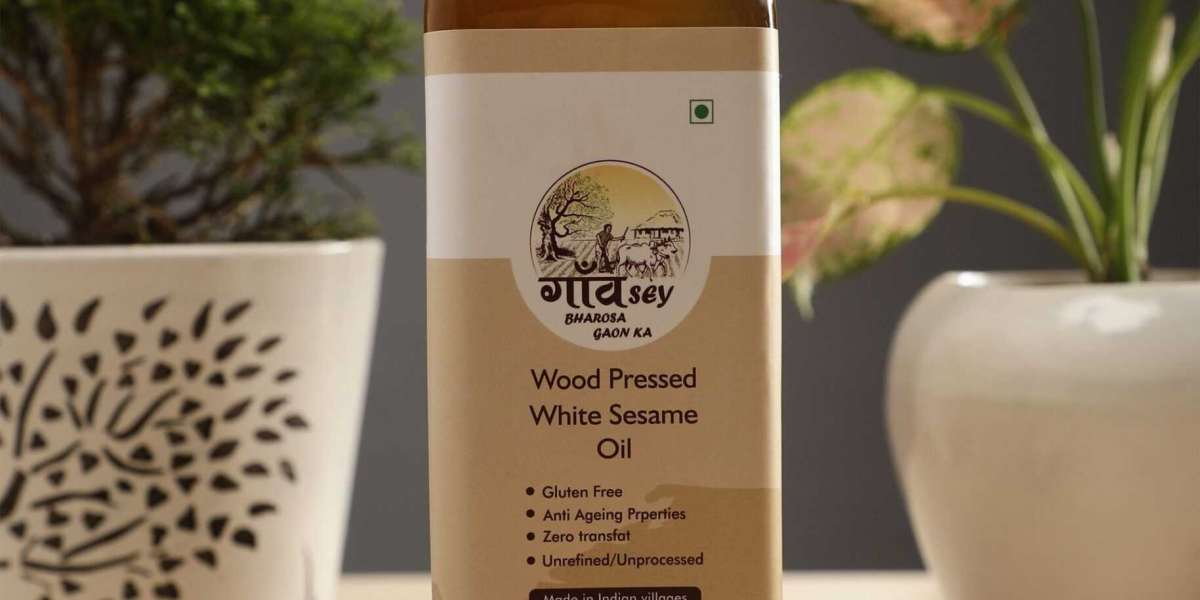Indian pop music, a dynamic and rapidly evolving genre, has made significant strides in the global music scene. Blending traditional Indian sounds with contemporary styles, Indian pop mp3 songs have captured the hearts of listeners worldwide. This article explores the origins, evolution, and cultural significance of Indian pop music, as well as its impact on the global stage.
Origins and Evolution:
The roots of Indian pop music can be traced back to the late 20th century when Western pop and rock influences began to permeate the Indian music industry. The 1980s and 1990s were pivotal decades, marking the rise of artists like Alisha Chinai, Baba Sehgal, and Usha Uthup, who introduced a new sound that appealed to urban youth. These pioneers laid the groundwork for what would become a flourishing genre.
The 2000s saw a further evolution with the emergence of artists like Shaan, Sonu Nigam, and Sunidhi Chauhan, who blended traditional Indian music with modern pop elements. This period also witnessed the rise of music television channels like MTV India and Channel V, which played a crucial role in promoting Indian pop music to a broader audience.
Cultural Significance:
Indian pop songs reflect the cultural diversity and rich heritage of India. They often incorporate elements from various regional music styles, including Punjabi, Tamil, Bengali, and Marathi, creating a unique fusion that resonates with a wide audience. The lyrics, often penned in Hindi, English, or a mix of both, address universal themes such as love, heartbreak, and celebration, making them relatable to listeners of all ages.
The genre also plays a significant role in shaping contemporary Indian culture. Indian pop music is frequently featured in movies, television shows, and advertisements, influencing fashion, dance, and lifestyle trends. The vibrant music videos that accompany these songs showcase elaborate choreography, colorful costumes, and innovative visual effects, further enhancing their appeal.
Global Influence:
The global influence of Indian pop music has grown remarkably in recent years. The Indian diaspora has been instrumental in spreading this music to different parts of the world, particularly in countries like the United States, the United Kingdom, Canada, and Australia. International collaborations have also played a crucial role in enhancing the genre's global reach.
Artists like Guru Randhawa, Badshah, and Neha Kakkar have achieved international fame, with their songs garnering millions of views on platforms like YouTube. Collaborations with international stars, such as Pitbull, DJ Snake, and Will.i.am, have further amplified the global presence of Indian pop music. These collaborations not only introduce Indian sounds to new audiences but also bring a fresh perspective to the genre.
Technological Advancements:
The advent of digital technology has revolutionized the production, distribution, and consumption of Indian pop music. Streaming services like Spotify, Apple Music, and Gaana have made it easier for listeners to access a vast library of songs, while social media platforms like Instagram, TikTok, and Twitter have become essential tools for artists to connect with their fans and promote their music.
The democratization of music production tools has also enabled independent artists to create and distribute their music without relying on traditional record labels. This has led to a surge in creativity and diversity within the genre, with new and emerging artists bringing fresh sounds and ideas to the forefront.
Conclusion:
mp3 songs , with their vibrant melodies and eclectic influences, continue to captivate audiences both in India and around the world. The genre's ability to blend traditional and modern elements ensures its relevance and appeal across generations. As technology continues to advance and global collaborations increase, the future of Indian pop music looks bright, promising even more innovation and cultural exchange.














